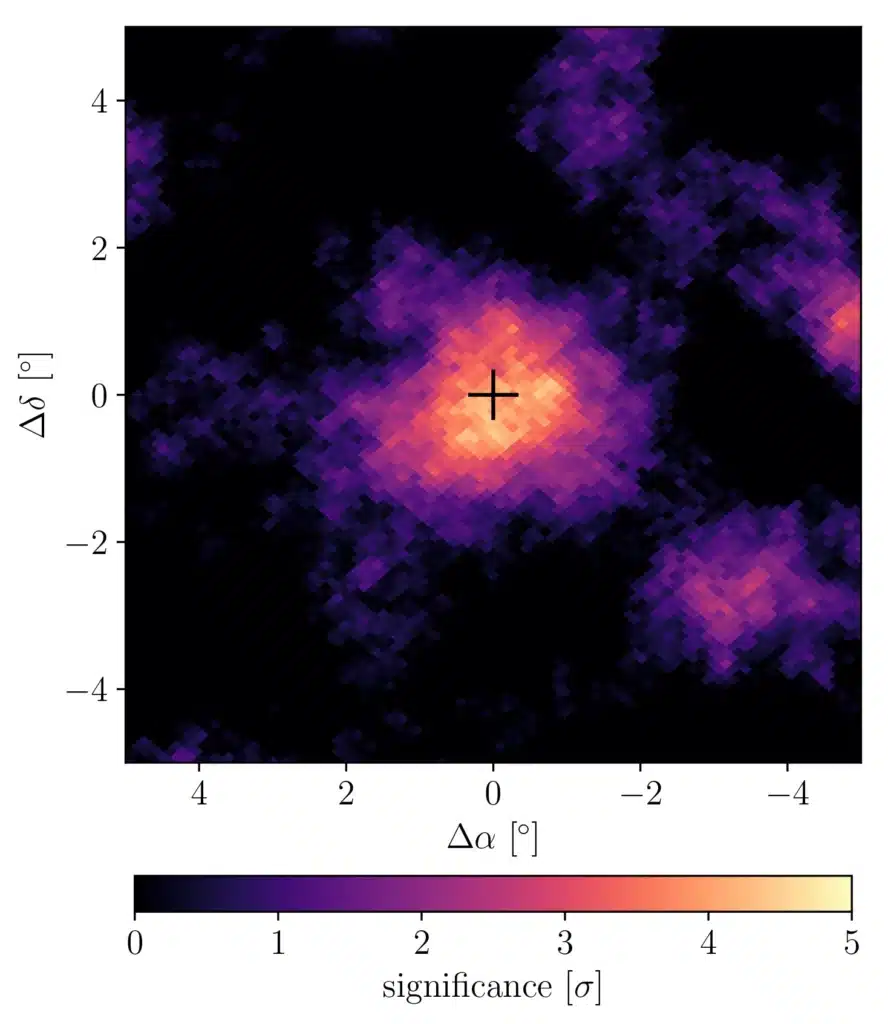A new study reported the discovery of the highest-energy light ever observed from the sun. This light, called gamma rays, is extremely bright. It means there’s more of it than scientists had previously anticipated.
Scientists used the High-Altitude Water Cherenkov Observatory, or HAWC, to identify the telltale traces these gamma rays leave behind. HAWC is an important part of the story. Unlike other observatories, it works around the clock.
Mehr Un Nisa, a postdoctoral research associate at Michigan State University, said, “We now have observational techniques that weren’t possible a few years ago. In this particular energy regime, other ground-based telescopes couldn’t look at the sun because they only work at night. Ours operates 24/7.”
In 2015, scientists began gathering data. By 2021, the team had collected enough data to analyze the sun’s gamma radiation thoroughly.
Nisa said, “After looking at six years’ worth of data, out popped this excess of gamma rays. After looking at six years’ worth of data, this excess of gamma rays popped out.”
The newly observed gamma rays had about 1 trillion electron volts, or 1 tera electron volt, abbreviated 1 TeV. This energy level was surprising, and so was the fact that they saw so much of it.
Depending on what is known about cosmic rays and the sun, the scientists also hypothesized it would be rare to see these gamma rays reach Earth.
Over the next several years, the Fermi mission demonstrated that these rays may be quite intense and around seven times more of them than scientists had anticipated. And it appeared that there were more gamma rays to be discovered at higher energy.

When a telescope launches into space, there’s a limit to how big and powerful its detectors can be. The Fermi telescope’s measurements of the sun’s gamma rays maxed out around 200 billion electron volts.
Nisa said, “Now, for the first time, the team has shown that the energies of the sun’s rays extend into the TeV range, up to nearly 10 TeV, which does appear to be the maximum.”
“Currently, the discovery creates more questions than answers. Solar scientists will now scratch their heads over how these gamma rays achieve such high energies and what role the sun’s magnetic fields play in this phenomenon.”
“This shows that HAWC is adding to our knowledge of our galaxy at the highest energies, and it’s opening up questions about our very own sun. It’s making us see things in a different light. Literally.”
Journal Reference:
- A. Albert et al. Discovery of Gamma Rays from the Quiescent Sun with HAWC. Phys. Rev. Lett. DOI: 10.1103/PhysRevLett.131.051201
